In 2021 Marines have remained true to their origin story.
In every clime and place across the globe, Marines have deployed: from the frigid arctic to the heat of the desert, aboard ships, planes, armored vehicles and on foot.
In recent weeks they’ve responded to devastation in Haiti. They also have given their lives helping save many Americans and the men, women and children of Afghanistan, who faced the unthinkable in getting trapped in the darkness that had descended on that nation.
And even as they have fought, served and cared for those they were called to help, the Corps continues to reshape itself, calling on its naval roots while pushing into a new way of warfare against emerging threats such as the Chinese and Russian militaries that, if unchecked, could mean devastating conflict the world hasn’t seen in more than 70 years.
Marine Corps Times looks back on the past year in the Marine Corps and its future in the way Marines do, the most recent mission, its people and where it is, “In the air, on land and sea.”
Land:
As the Taliban rushed across Afghanistan in mid-August just over 2,000 Marines were sent to Kabul to secure the evacuation of tens of thousands of Americans and at-risk allies.
The first Marines in the area came from Task Force 51/5 out of Bahrain.
The task force included one Marine Expeditionary Brigade that sent around 50 Marines to the U.S. Embassy in Kabul as it became clear the Afghan government and Afghan National Army would collapse within days, not the months President Joe Biden expected based on intelligence reports.
The 50 Marines beefed up security at the embassy while State Department personnel evacuated the building and shredded important documents they did not wish the Taliban to get ahold of.
As conditions continued to deteriorate the Corps sent in roughly 1,200 Marines from 1st Battalion, 8th Marines, and Combat Logistics Battalion 24, which were deployed on the 24th Marine Expeditionary Unit.
“That was a decision he made several weeks ago because it was all part of the contingency, planning for the need to maybe do some evacuations,” Pentagon spokesman John Kirby said on Aug. 16.
Another 800 Marines from 2nd Battalion, 1st Marines, and elements of Combat Logistics Regiment 21 were deployed as part of Special Purpose Marine Air-Ground Task Force–Crisis Response–Central Command.
The initial mission was to establish and guard the perimeter around the Kabul airport.
While guarding the gates Marines were photographed pulling babies and children out of the crowd and over the barbed wire to safety.
On Aug. 26, 11 Marines, one Navy corpsman and one Army soldier were killed after a suicide bombing attack near the airport’s Abbey Gate. Eighteen other U.S. troops were wounded and nearly 170 Afghans died.
The U.S. was out of Afghanistan as of Aug. 31. And the Corps’ ground mission will change moving forward.
RELATED
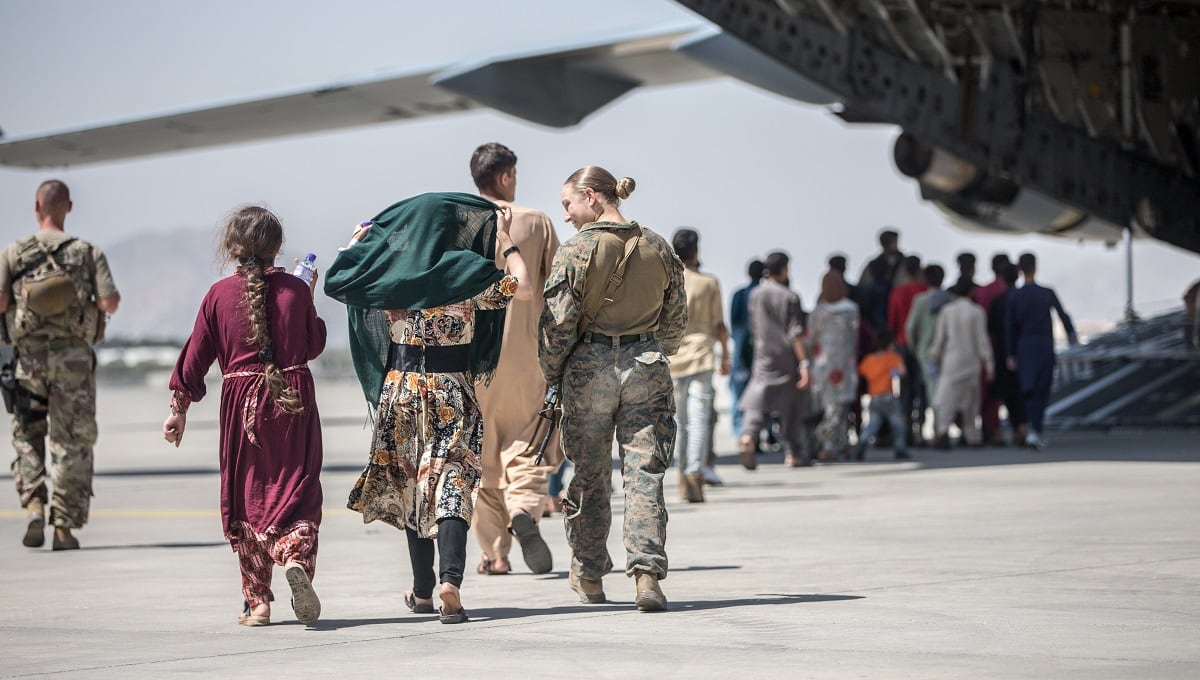
The Marine Corps has made several changes over the past couple of years to its ground formations including ditching tanks, focusing on missiles, experimenting with new formations and the introduction of a few new ground vehicles.
Both 1st Tanks Battalion and 2nd Tanks Battalion officially deactivated in May, an end for the Corps’ heavy armor element, for now.
“My solemn hope is that, should the need for armor ever arise again, that spirit that has guided this battalion for the better part of a century, although asleep, will rise again and support that next generation of Marines just like it did on 1 November 1941,” Lt. Col. Benjamin Adams, the final commander of 1st Tanks, said in the unit’s closing ceremony.
The Corps has started fielding the amphibious combat vehicle, slated to replace the Vietnam-era amphibious assault vehicle.
In late November 2020, Delta Company, 3rd Assault Amphibian Battalion, based out of Twentynine Palms, California, received its first shipment of the new amphibious combat vehicle.
So far, all of the ACVs have been the personnel variants, but other versions of the vehicle are being developed that include a command and control variant, recovery variant and one with a 30 mm cannon.
Beyond vehicles, the Corps has launched an experiment with different infantry formations, trying to figure out the best setup to fight in a dispersed setting.
The Corps has selected 2nd Battalion, 5th Marines, on Camp Pendleton, California, 1st Battalion, 3rd Marines, on Marine Corps Base Hawaii and 1st Battalion, 2nd Marines, on Camp Lejeune, North Carolina, as the three experimental units.
RELATED
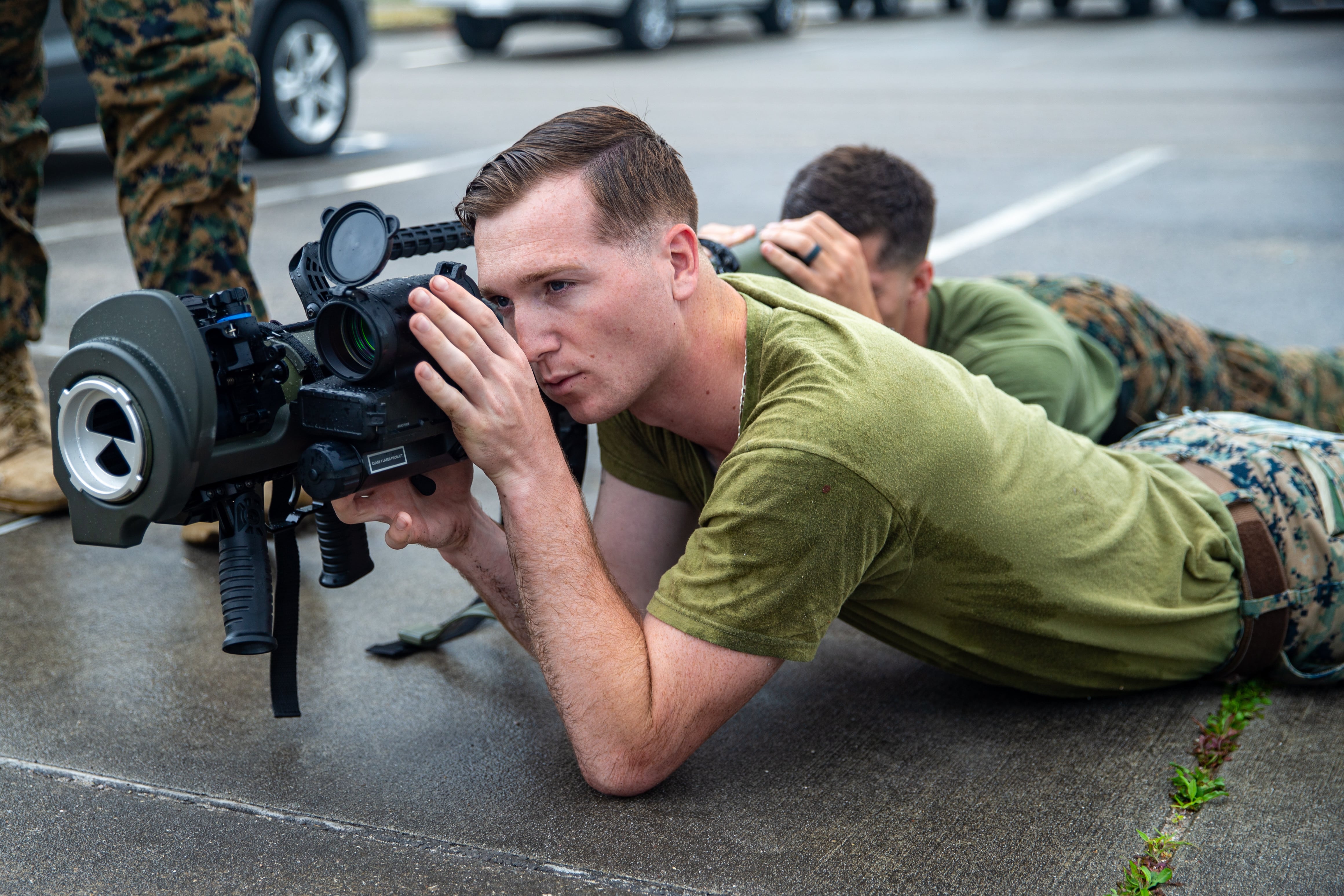
Those units have started ditching the weapons platoons and weapons company, opting to integrate all Marines in a standard infantry company.
Now, machine gunners, mortars and anti-tank Marines are mixed into the same squad and fire teams as standard 0311 rifleman.
The Corps will then focus on giving all those Marines direct training on all weapons systems they may need in the fight and assign people based on competence rather than arbitrary military occupational specialty designator.
The Corps hopes the added flexibility will make it easier to deploy the Marines in small units spread out on islands and atolls in the Pacific Ocean.
People:
The future of the Marine Corps is changing based on the vision of Marine Corps Commandant Gen. David Berger.
Major changes, from cutting Marine tanks and changing artillery, have grabbed attention, but Berger’s smaller changes to personnel numbers, jobs and training is likely to hit the daily lives of those in the Corps most.
And he’s cutting Marines to pay for the equipment to make it happen.
The Marines Corps currently has around 181,000 Marines. Its budget request to Congress for fiscal year 2022 called for a reduction in size to 178,500 Marines, with plans to drop to about 174,000 active-duty Marines by 2030, the size it was immediately before 9/11.
RELATED
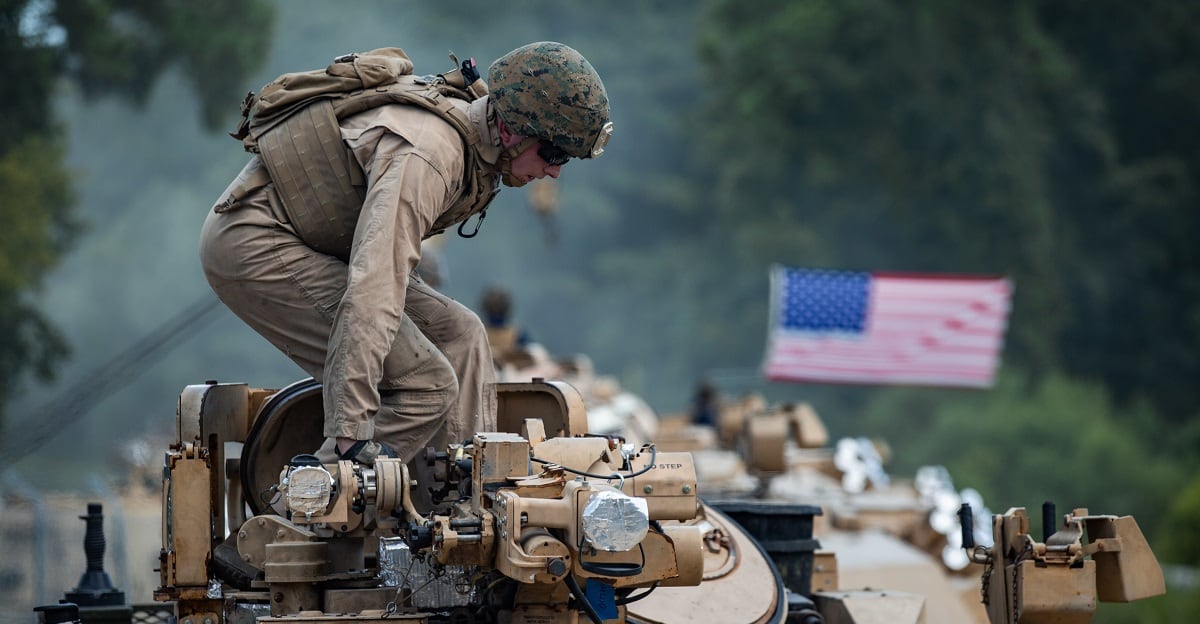
At its recent height in 2009, there were 204,153 Marines in the ranks, according to Marine officials.
For the remaining Marines to be better at their jobs the Corps is changing its training and education pipeline.
New experiments are pushing entry-level infantry training up from eight weeks to a 14-week program that focuses on creating future squad leaders and platoon sergeants rather than basic grunt job qualifications.
That shift is planned for all Marine Corps schoolhouses, starting in 2021.
The Corps’ “21st-century learning model” provides Marines with YouTube-style explainer videos, with plans to issue Marine students laptops or tablets.
In the Network Administrators Course at the Marine Corps Communication Electronics School, the Corps has added self-paced modules, which allow students to schedule practice time and test out of the modules when ready. By June, more than 100 students had graduated early from the course.
“We buy service members for a contract, I would offer we need to think a little longer,” Sergeant Major of the Marine Corps Troy Black said during panel of senior enlisted leaders in early August.
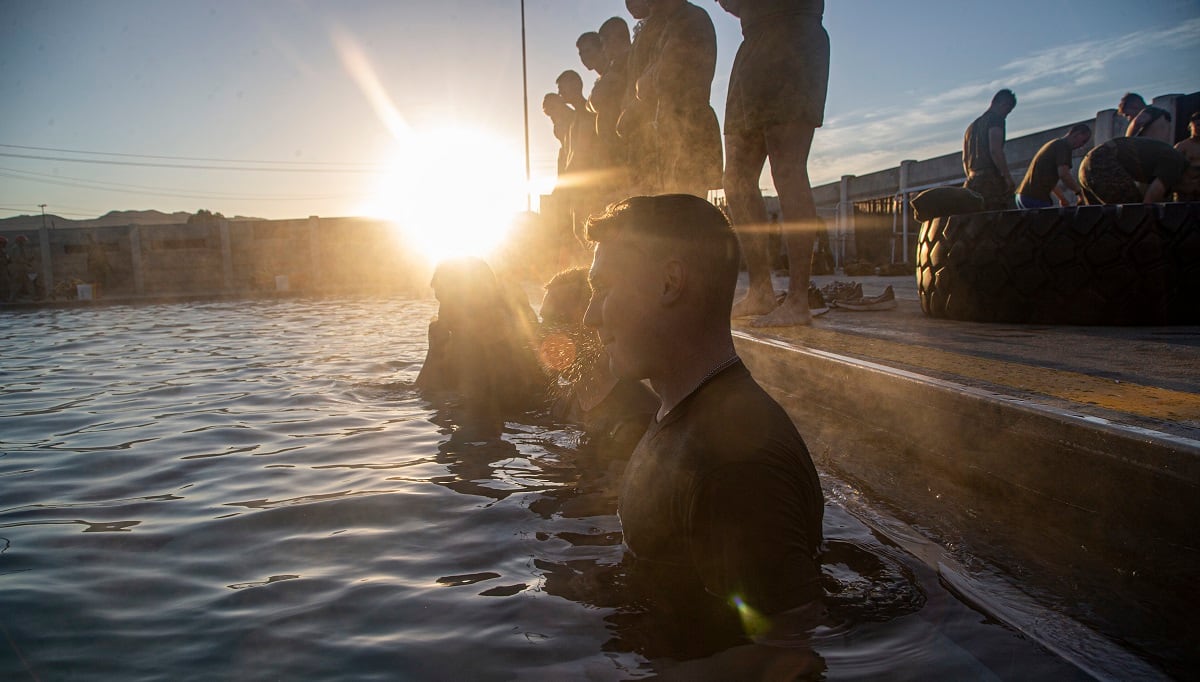
The Corps already is experimenting with getting older Marines in infantry battalions by increasing the rank of each billet.
The three experimental infantry battalions in the Corps currently have sergeants filling in as team leaders, staff sergeants acting as squad leaders and gunnery sergeants taking over the role of platoon sergeants.
Sgt. Lorenzo Monclova, a team leader with 1st Battalion, 3rd Marines, based out of Hawaii, said that his squad currently has about 30 years of infantry experience between the team leaders and squad leaders, which contrasts sharply with the recent wars where lance corporals might serve as team or even squad leaders in a pinch.
“It allows us to pull away from what a normal infantry unit would do, be more decentralized and be able to be more self-sufficient,” Monclova told Marine Corps Times in a phone interview.
The new junior enlisted performance evaluation system, or JEPES, was launched in February and the Corps ditched the old promotion system based on physical fitness scores, rifle range and proficiency and conduct scores.
The promotion system ranks Marines on three objective pillars — war fighting, physical toughness and mental agility — along with a more subjective score provided by a Marine’s command, called command input.
In July, the Corps added job qualifications to the mental agility pillar.
By August, 51 military occupational specialties in the enlisted aviation field had seen the update. Eventually every enlisted MOS will have similar job qualifications added to their scores, Maj. Jordan Cochran, a spokesman for Marine Corps Manpower and Reserve Affairs, told Marine Corps Times.
Sea:
In recent years, the current and past commandants have emphasized a “return to the sea” and better naval integration to overcome the overwhelming focus on land operations since 2001 in support of the Global War on Terror.
That integration became even more focused with the current commandant’s planning guidance and the confluence of new ways of operating in a new contested environment, such as distributed maritime operations, littoral operations in a combat environment and expeditionary advanced base operations, all aimed at the threat of expanding Chinese military influence in the Pacific region and beyond.
This past year saw small and big turns of the ship as it relates to the Corps’ efforts to put its war fighting to its best use at sea with the Navy.
RELATED
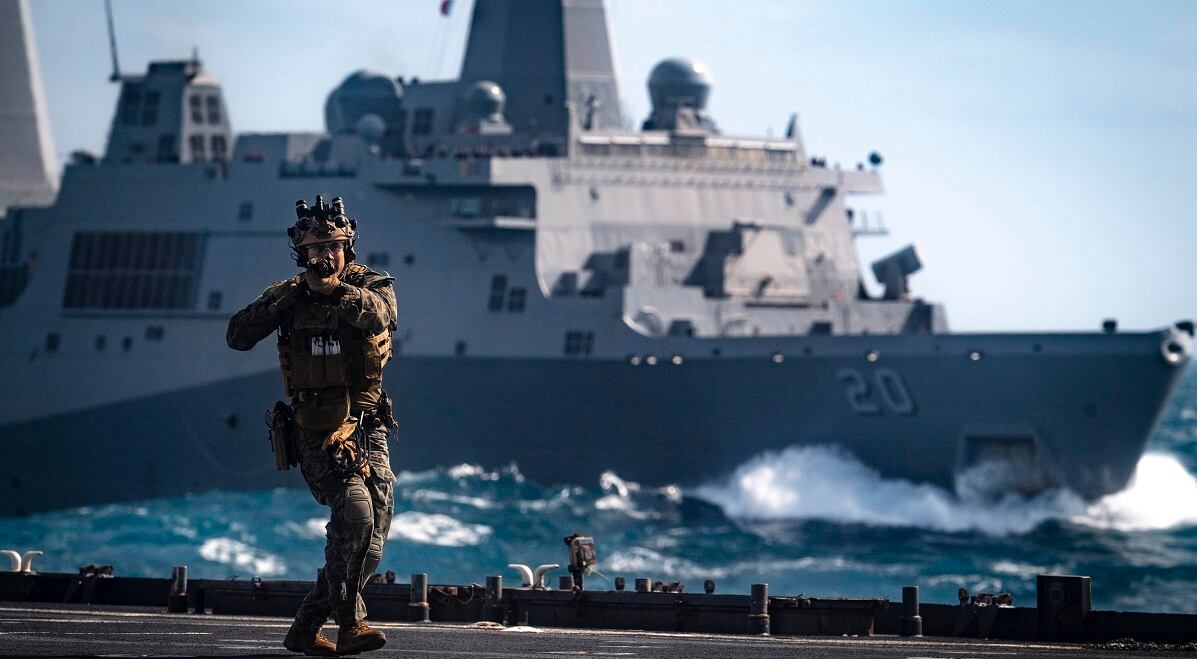
In a late 2020 briefing, Maj. Gen. Tracy King, then-director of expeditionary warfare for the chief of Naval operations, said that the light amphibious warship was likely the most important investment the Marine Corps was making to effectively conduct expeditionary advanced base operations, or EABO.
The Tentative Manual-EABO, released in early 2021 explicitly states that littoral maneuver will “rely heavily” on platforms such as the light amphibious warship.
The light amphibious warship program is trying to add ships while cutting costs from the traditional “big-deck” amphibious assault ships such as the landing helicopter assault and landing helicopter dock ships that the Navy and Marine Corps have relied on for decades.
The new-to-the-fleet ship will be about 200 feet to 400 feet long, carry 75 Marines and armored vehicles, such as joint light tactical vehicles, Humvees and others, and the ship can drive directly onto the beach to unload Marines and cargo.
An August report by the Congressional Research Service noted that current plans call for between 24 and 35 light amphibious warships in the fleet, at a cost of $130 million each after the first is procured.
The most recently LHA cost $3.8 billion.
And then there’s an existing ship aimed at close-to-shore fighting, the littoral combat ship.
RELATED
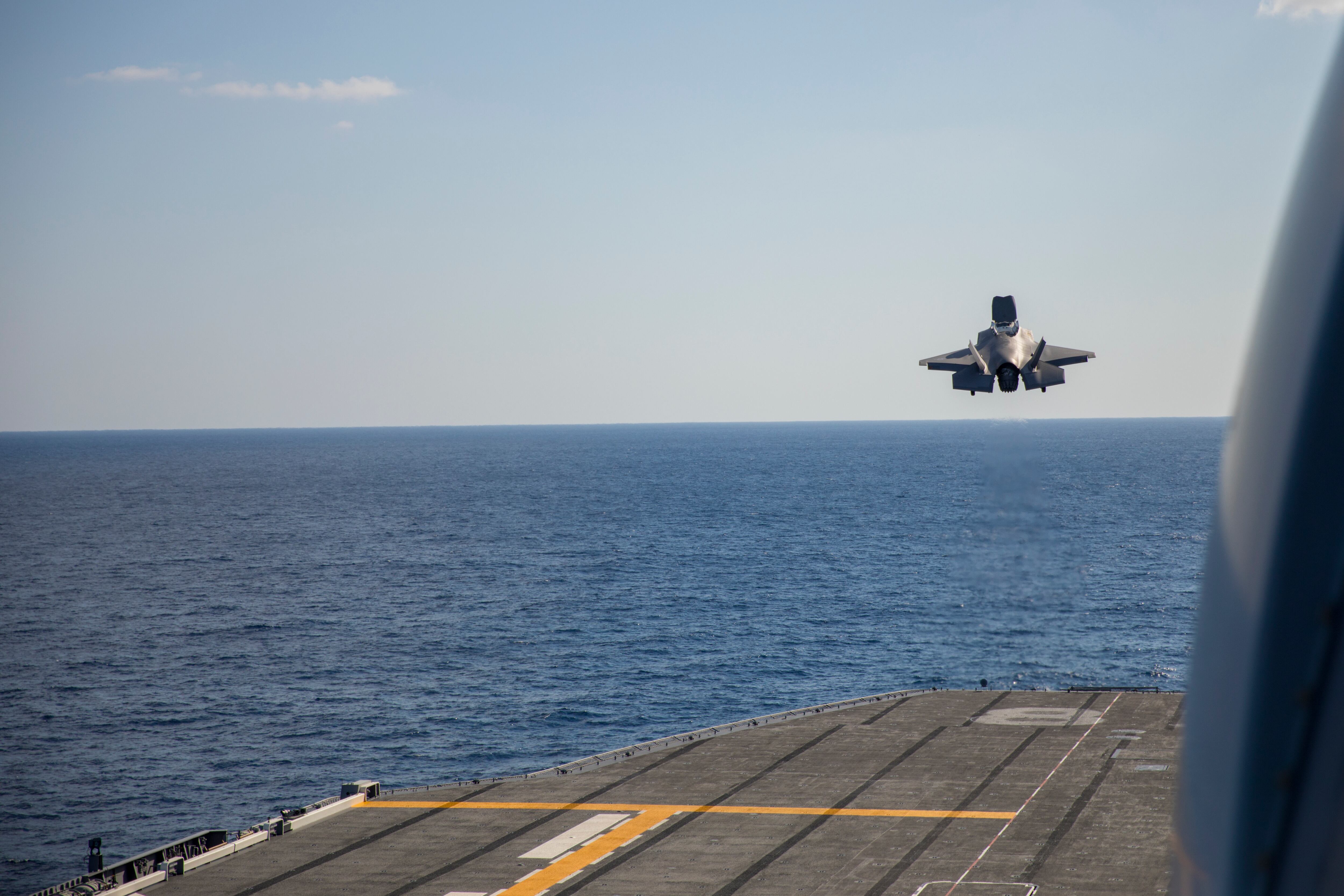
Early plans for a 55-ship LCS fleet were scrapped long ago and the Corps will have to make do with about 30 in the future. Current data shows 22 in the fleet for use, barring routine maintenance.
In April Chief of Naval Operations Adm. Mike Gilday said that the LCS fleet would be beefed up in the next 18 months and at least 31 of the ships would have missile systems, half also with anti-submarine and the other half with anti-mine capabilities, according to Navy Times.
That gives Marines-at-sea potentially another job besides storming beaches and firing missiles: anti-mine and anti-sub duties.
Or at least that’s what the commandant proposed late in 2020.
Part of that pitch wouldn’t just be for China, but also could focus on deploying Marines to bottleneck Russian submarines in the northern Pacific the Atlantic North Sea and the Arctic Ocean’s Norwegian Sea.
Another sea-based job for Marines that’s showing promise is hitting ships from land. And that requires the Corps’ newest tool: the Navy-Marine expeditionary ship interdiction system, or NMESIS.
Marines flew in the system aboard their own C-130s to land in Hawaii, offloaded and fired it at a decommissioned Navy ship’s hull at sea before taking it to the beach, loading it onto a landing craft air cushion and into the awaiting ship’s well deck. That was one piece of a multiprong strike from land, air and sea on the hull in the Large Scale Exercise 2021 in early August.
In October, the 11th Marine Regiment will receive the system to test and experiment with over the next two years before possible fielding in 2023.
Air:
While the biggest ticket items that form most of the backbone of the new way of war fighting in and from the sea make their own waves, airborne assets are vital to the Corps’ new vision.
And this past year has seen the baton passed from older platforms to newer airframes and steps taken to resurrect a seemingly doomed program that might be the linchpin for connecting small ground units with their eye in the sky.
February saw the last of the F/A-18 Hornet flights aboard aircraft carriers after nearly 40 years of service. Marine Attack Fighter Squadron 323, or VMFA-323, with 3rd Marine Aircraft Wing replaced its Hornets with the F-35B Lightning II.
Not to be outdone, VMFA 314, Marine Aircraft Group 11, 3rd Marine Aircraft Wing, out of Miramar, California, made history among not just the Marines but all of the services. In July, the “Black Knights” were deemed ready for carrier deployment and full combat operations with its F-35C Lightning II squadron.
And the rotary wing side saw its future beginning as it began moving its 10 CH-53E Super Stallions off of Hawaii in March. At the time, they were scheduled to complete the move by Oct. 1, according to a Marine press release.
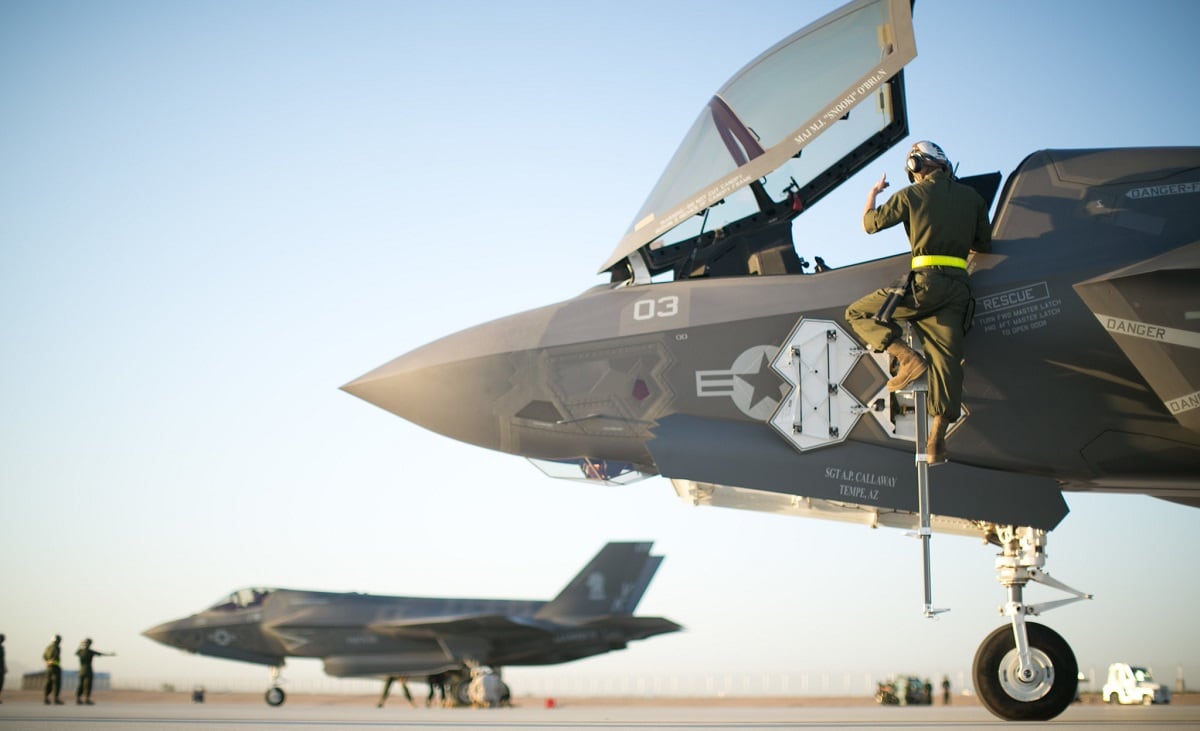
The Light Attack Helicopter Squadron 367, also out of Hawaii, was slated for decommissioning. Those aviators flew the AH-1Z Viper and UH-1Y Venom helicopters. Those moves come as the Corps is increasing its unmanned aerial assets within squadrons, adding six MQ-9 Reaper drones, from plans announced in 2020.
And the Reaper program saw an infusion of funding and teaming with the Air Force this past year that will give Marine Corps pilots a number of its own tier II drones and pilots dedicated to flying them.
RELATED
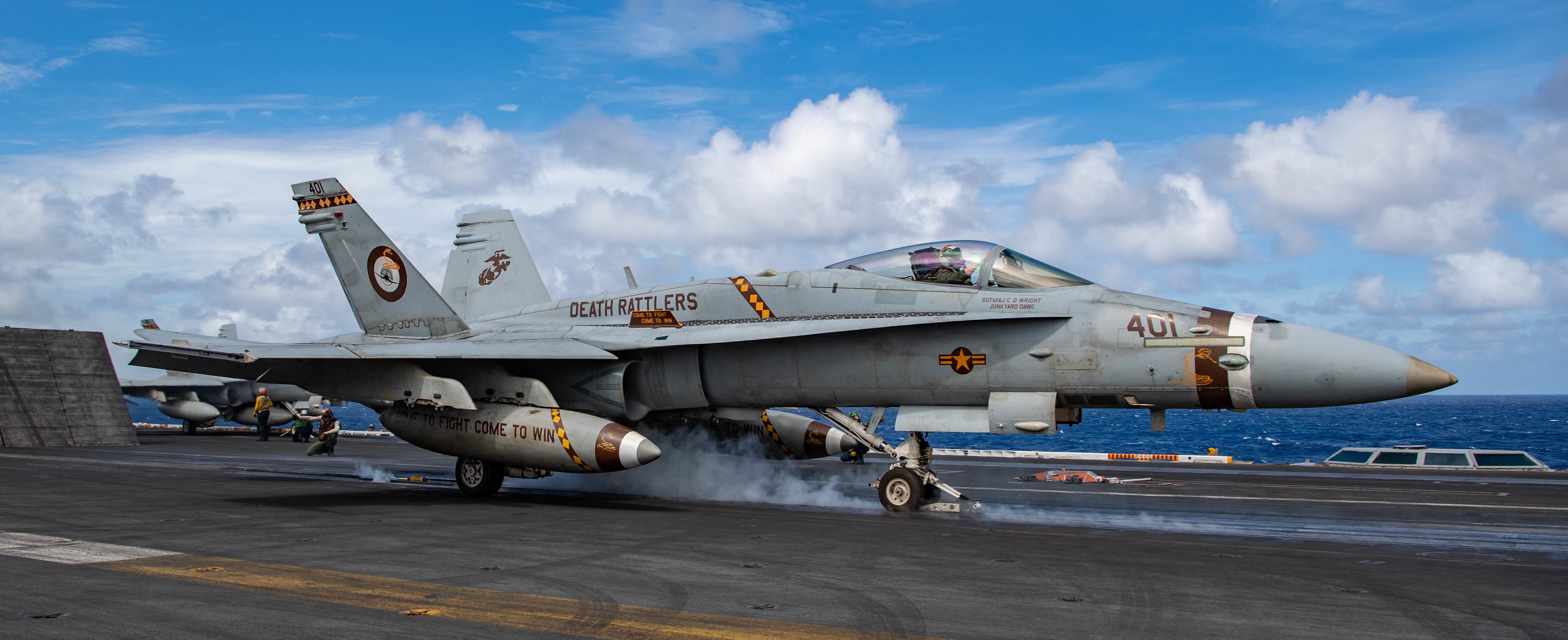
The Marine Air Ground Task Force Unmanned Aerial System Expeditionary, or MUX, program, lays out how this 20-year-old drone may help Marines find footing in the large class of drones they’d envisioned would be the node linking all of their fires, sensing and communications, according to an August Marine Corps Gazette article.
The MUX program was nearly dead in the water for lack of Congressional backing just a few years ago.
But a push in late 2020 by Congress to add money back into the Air Force program that would fold into Marine priorities allowed for MQ-9 purchases that will let Marines use the platform to work and test their own concepts for a drone or suite of drones as a “pillar” of Force Design 2030, according to the article.
What that means for air wing Marines is plans calling for 70 pilots and sensor operators on the MQ-9 program by the end of fiscal year 2021.
Todd South has written about crime, courts, government and the military for multiple publications since 2004 and was named a 2014 Pulitzer finalist for a co-written project on witness intimidation. Todd is a Marine veteran of the Iraq War.





